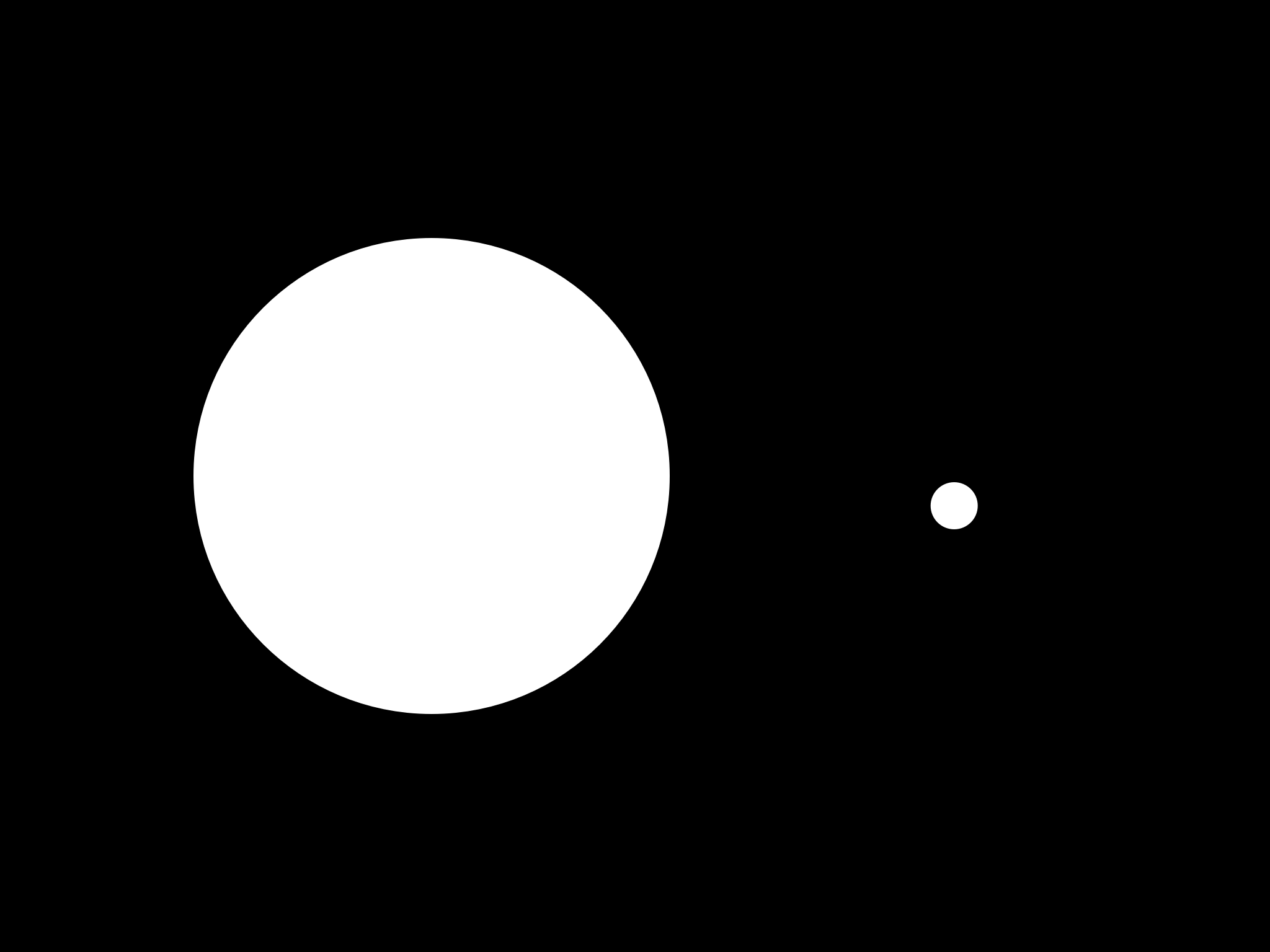Getting good design feedback hard. Clients often share feedback using words and ideas that that can be unclear for designers. For example, I once received feedback to “make it more awesome.” While this feedback was clearly communicated, I felt unsure how to achieve said “awesomeness.”
Over time I learned to translate client feedback into ideas and concepts that gave me more to work with. I began relying on the Principles of Design as a set of ideas and vocabulary terms to help me bridge the linguistic gap between myself and my clients.
I’d like to share what I’ve learned so perhaps you can learn this skill faster than I did.
Practice empathy
It’s helpful to start with a some empathy for your client. While it can feel frustrating to receive vague or confusing feedback, remember that clients are not as versed in design as designers are.
A good way to begin to bridge the gap is to explain the design thinking while presenting the work. Designers can even share designs that that didn’t work to further support the direction finally taken. Sharing the design rationale will help elevate the client’s understanding and improve the quality of their feedback.
Next, listen to client feedback with an open mind. It’s important that a client feels heard. They also often have insights that may have been missed. If their feedback is unclear, try repeating back what was said, but substitute their language with the Principles of Design language.
I will provide examples below, but first, let’s review what the principles of design are.
The Principles of Design
The principles of design are visual concepts that inform, influence and shape design.
There is no official list per se, but this list below covers what many agree are the key principles.
Pattern / Repetition
Contrast
Emphasis / Dominance / Focus / Prominence
Balance
Proportion / Scale / Size
Harmony / Unity
Movement / Direction / Rhythm
Hierarchy
Pattern / Repetition
Contrast
Emphasis / Dominance / Focus / Prominence
Balance
Proportion / Scale / Size
Harmony / Unity
Movement / Direction / Rhythm
Hierarchy
Example interactions
Here are some examples of design feedback translated into language of design.
CLIENT
“Can you make the logo bigger?”
DESIGNER
“I’m hearing that you’d like the logo to be more Prominent. Is that right?”
CLIENT
“Can you make this pop more?”
DESIGNER
“It sounds like you’re looking for more visual contrast. Is that right?”
CLIENT
“There are too many colors.”
DESIGNER
“It sounds like we haven’t achieved the right visual balance and harmony. Does that sound true?”
CLIENT
“This is too busy.”
DESIGNER
“I’m hearing that too many things may be competing. Let’s revisit the hierarchy of the elements. ”
CLIENT
“This feels disjointed”
DESIGNER
“Are you looking for a different visual rhythm? Like with angles, and overlapping elements?”
For each of these examples, the designer asks follow up questions in more design specific way. This clarifies the design problem. It also removes prescriptive suggestions like “make the logo bigger”.
Clients often have great suggestions. Designers can consider these suggestions if they’re the right fit. But, if we only let clients dictate the solution, it can cut us off from exploring other solutions.
It's helpful to understand roles, and play to each participant's strengths. It’s the client’s role to define the problem, and the designer’s role to solve it. But, designers can help clients define the problem in a more design-specific way. This in turn, can empower designers to do their best work and give clients the best design solution.
Design feedback requires compassion both for yourself and your clients. The task can evoke strong feelings and be hard to navigate. I wish you luck fostering understanding between yourself and your clients. I hope these tactics will help you create strong and compelling work.
If you like the graphics in this post - I added them to my Redbubble store (because my Dad wanted it as a shirt). So you can get it printed on all sorts of stuff if you like. Enjoy :)









